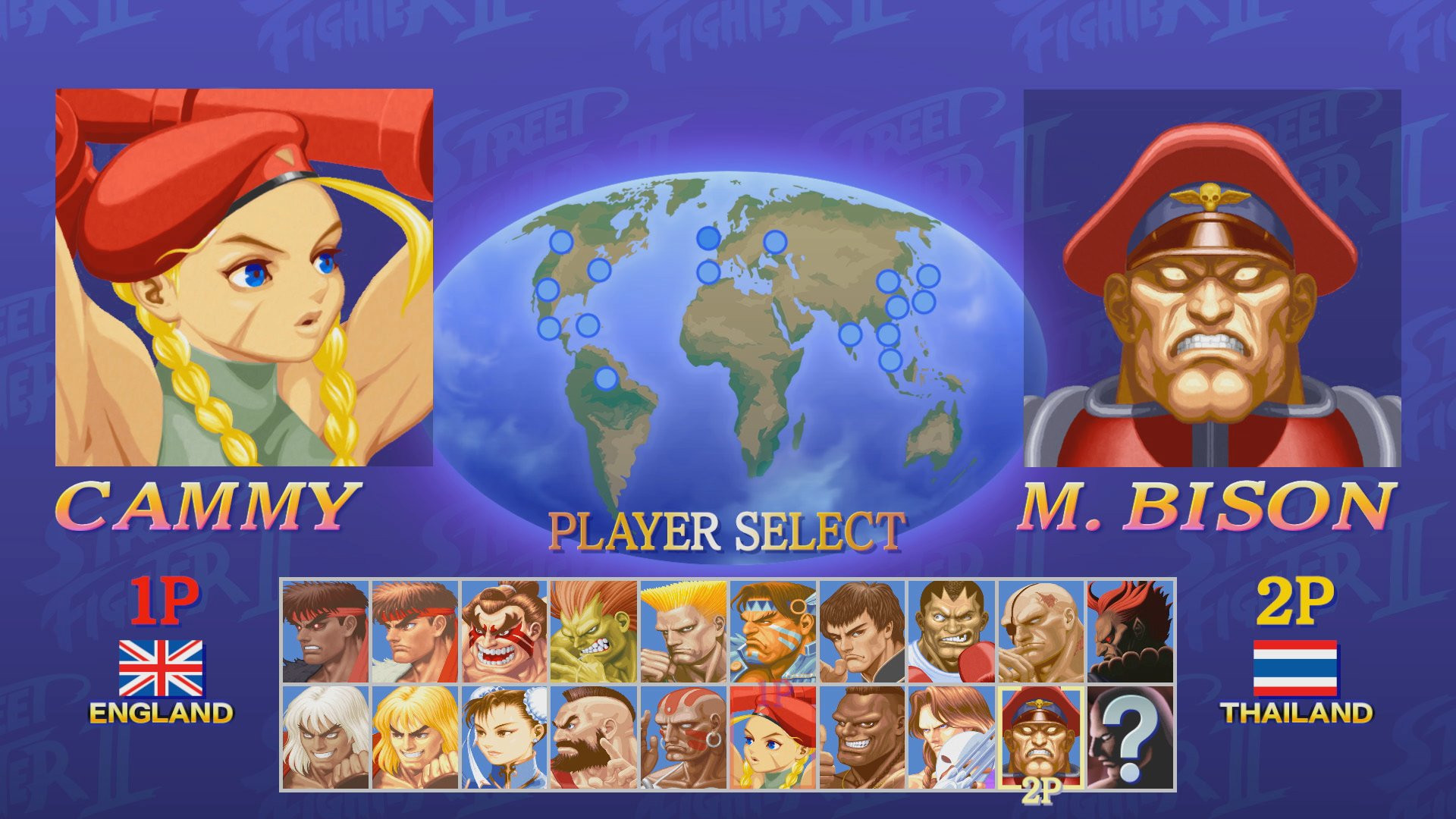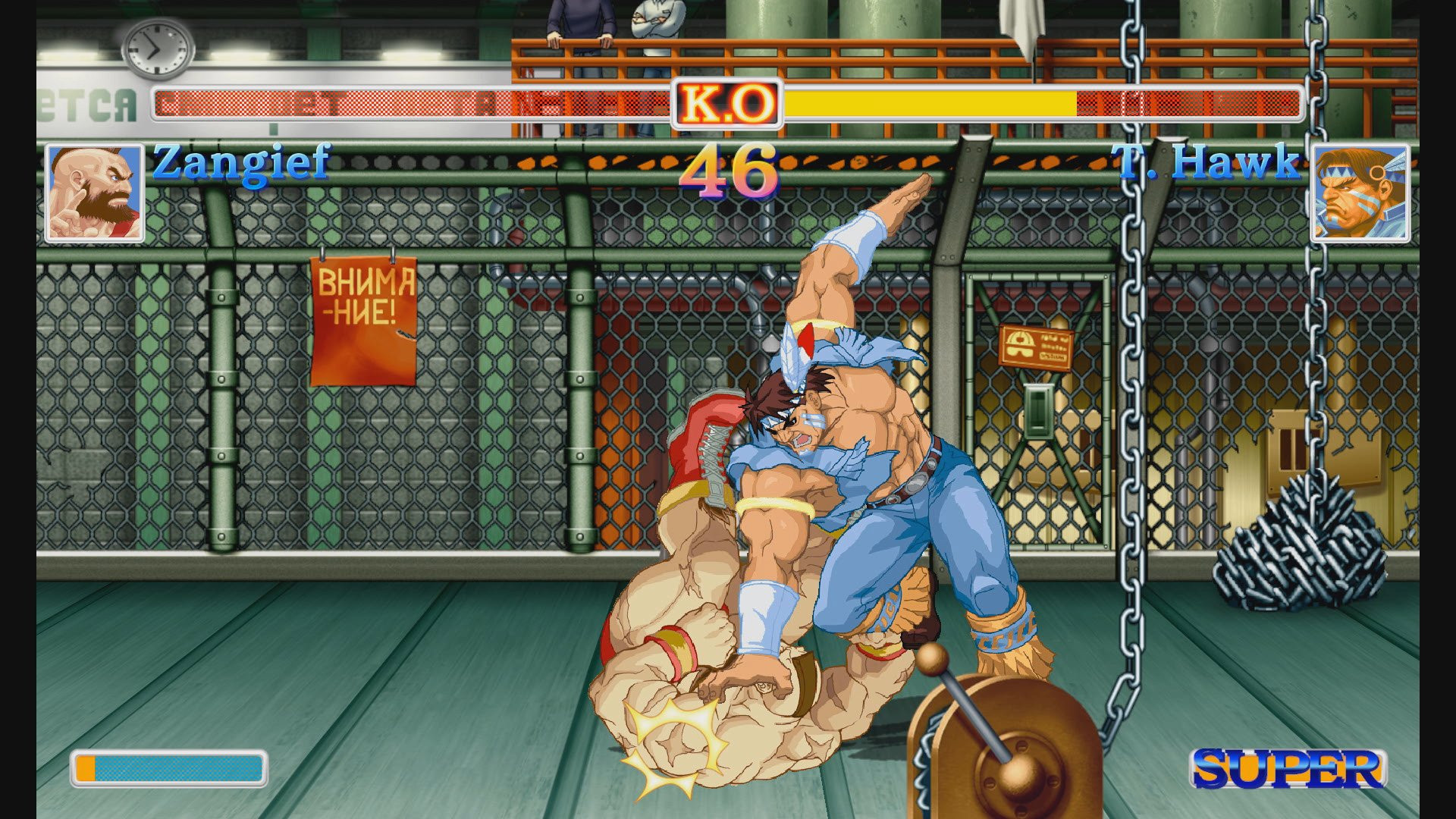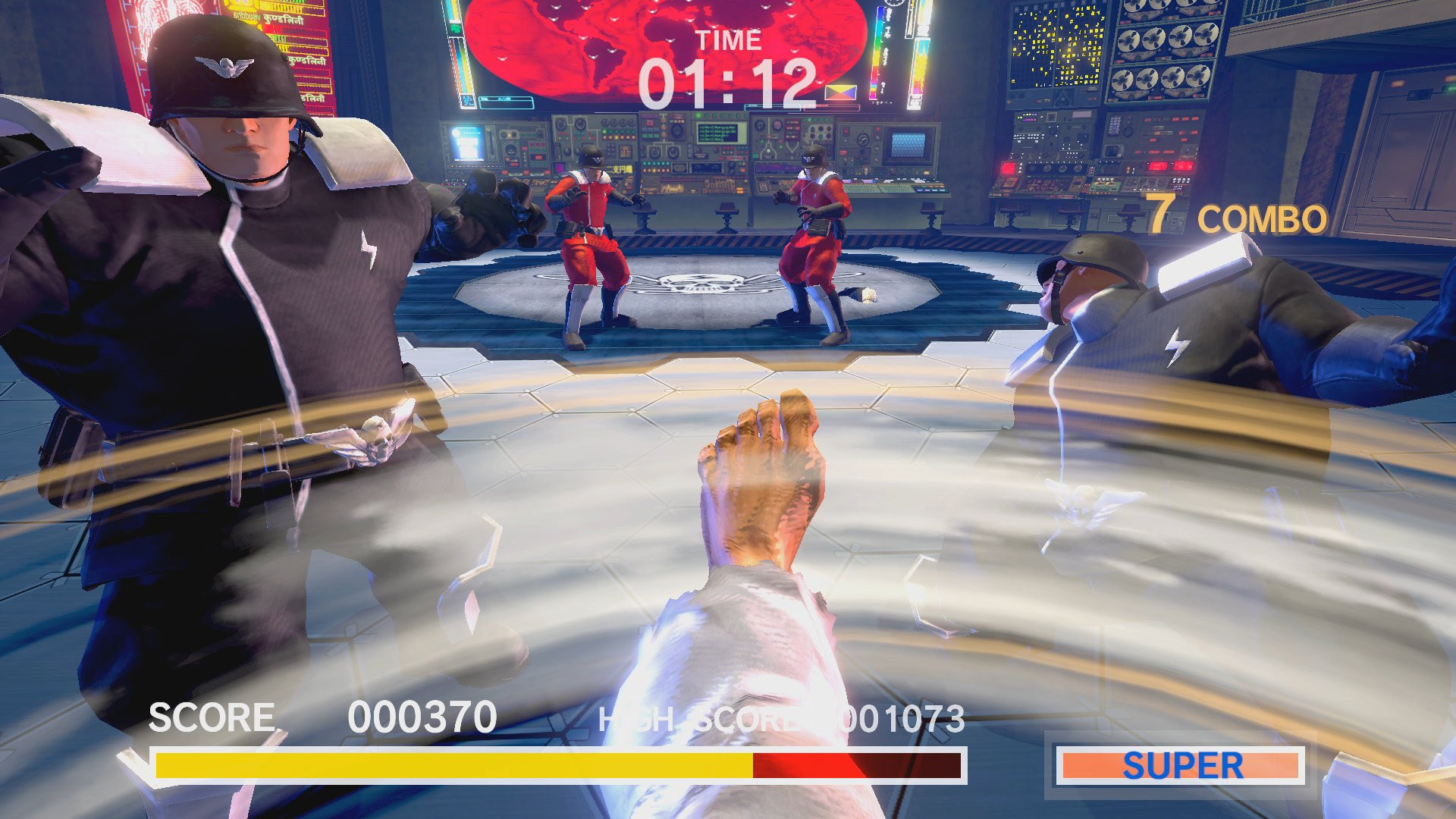Like many gamers of a certain age, my history with Street Fighter II is extensive and expensive. I’ve bought it multiple times across different consoles – from the clunky Amiga port to Champion Edition and Super Street Fighter II on the Sega Mega Drive. I even have Hyper Street Fighter II for the PlayStation 2, which, rather wonderfully, bundled in the iconic 1994 Street Fighter II anime movie – a VHS copy of which is probably still gathering dust in my attic.
So, when Nintendo announced Ultra Street Fighter II: The Final Challengers for the Switch, a flicker of that old excitement sparked. The arcade battles in the local leisure center, the hours spent mastering special moves – the memories rushed back. But nostalgia can be a tricky thing, and Ultra Street Fighter II isn’t quite the triumphant return fans might hope for, nor is it a modern update to entice a new generation.
This iteration of Street Fighter II, released on the Switch, is unfortunately a hard pass for serious fighting game enthusiasts. Essentially, it’s a slightly enhanced version of 2008’s Super Street Fighter II Turbo HD Remix – yes, the titles are getting a bit ridiculous – with a few extra bells and whistles like additional modes and a massive, yet ultimately unnecessary, art gallery boasting over 1,400 images.
The fighting game landscape has moved on significantly since this version of Street Fighter II. With Street Fighter V readily available, offering refined mechanics, fluid gameplay, and in-depth frame data analysis, serious players have already moved on. While Capcom has attempted to rebalance the gameplay in Ultra Street Fighter II with tweaks to combo inputs, it simply can’t compete with the depth and polish of Street Fighter V or even its predecessor, the widely acclaimed Street Fighter IV.
 Cammy facing M. Bison in Ultra Street Fighter II character select screen, highlighting classic character designs.
Cammy facing M. Bison in Ultra Street Fighter II character select screen, highlighting classic character designs.
It’s worth remembering that Street Fighter IV did grace a Nintendo platform before on the 3DS, and it was surprisingly competent given the handheld’s limitations. Many enjoyed countless hours on the Xbox 360 version back in 2009, which felt like a genuine evolution of Street Fighter II while incorporating lessons learned over the years.
Given that Street Fighter V remains exclusive to Sony consoles, bringing Street Fighter IV to the Switch would have been a welcome move, filling a gap in Nintendo’s home console library. However, resurrecting Street Fighter II feels like a step too far into nostalgia, especially in the series’ 30th-anniversary year. Perhaps the allure of the Street Fighter 2 anime movie, a cultural touchstone for many fans, plays into this nostalgic push, but the game itself needs to stand on its own merits.
Ultra Street Fighter II: The Final Challengers isn’t inherently bad. It’s built on the bedrock of a phenomenal fighting game. But it’s a game most of us have played before, whether in its HD Remix form, the Super iteration with added characters, or way back on the Super Nintendo, the first console to receive SFII. Every moment spent with this re-release prompts the question: why? The only reasonable answer seems to be: Capcom wants your money, Switch owners who are currently short on new gaming options.
Yes, it’s a celebration of a fighting game legend. All the iconic characters are present, alongside slightly less “new” additions like Evil Ryu (who debuted in 1996’s Street Fighter Alpha 2) and Violent Ken (from the non-canon 2003 crossover SNK vs. Capcom: SVC Chaos). You can even toggle between the updated, anime-inspired visuals and the original 1990s sprites, and switch between new and classic soundtracks. It plays as you remember, but is reliving that memory worth the price of admission 26 years after Street Fighter II’s arcade debut?
 Zangief battling T. Hawk in Ultra Street Fighter II, showcasing the updated visuals but faithful gameplay.
Zangief battling T. Hawk in Ultra Street Fighter II, showcasing the updated visuals but faithful gameplay.
The answer, frankly, is no. It’s enjoyable enough for short bursts in arcade mode during a commute, and the Switch in handheld mode handles moderate difficulty levels adequately. But crank up the difficulty, and the Switch’s limitations become apparent.
The Joy-Con D-pad is simply inadequate for fighting games requiring precise directional inputs for special moves. While the Pro Controller is an improvement, even in TV mode, inconsistencies in button presses persist, diagonals are missed, leading to frustrating missed inputs and cheap hits.
Unless the Switch is your only access point to a Street Fighter game, there’s little reason to choose this over any of the Street Fighter IV releases, including the 3DS version. Even disregarding nostalgia, the value proposition here is limited.
Online multiplayer is included, but untested pre-release. If it mirrors IV and V, expect a steep learning curve dominated by seasoned players, potentially discouraging newcomers.
Local multiplayer remains Street Fighter II at its core, and with Pro Controllers, it’s still a blast. However, using individual Joy-Cons for two-player mode is cramped and uncomfortable. While a dedicated fighting stick for the Switch is available, it’s unlikely to become the preferred choice for the serious fighting game community. Solo play largely boils down to a simple score chase in arcade mode – enjoyable briefly, but quickly losing its appeal.
Two new modes attempt to extend the game’s lifespan. Buddy Battle lets two players team up against the AI, which is fine if that’s your preference, but Street Fighter’s essence is one-on-one combat. It’s a rehash of Dramatic Battle from the Alpha series. Way of the Hado, however, is truly novel, and unfortunately, truly terrible.
 Ryu performing Tatsumaki Senpu-kyaku in first-person Way of the Hado mode, highlighting motion control limitations.
Ryu performing Tatsumaki Senpu-kyaku in first-person Way of the Hado mode, highlighting motion control limitations.
Way of the Hado is a first-person, motion-controlled, single-player mode where you play as Ryu, executing special moves using Joy-Cons. Spin your arms for a Tatsumaki Senpu-kyaku, thrust forward for a Hadoken to fend off Shadaloo soldiers. M. Bison appears as a final boss, teleporting erratically, and the imprecise controls will likely lead to swift defeats. It’s genuinely awful, raising questions about its quality assurance testing.
For a full-price (£35/$40) game, much more was needed. While the characters look great statically, why weren’t more animation frames added for smoother visuals? Look at Wonder Boy: The Dragon’s Trap, which beautifully remade a Master System classic with stunning new animations layered over the original.
Had Ultra Street Fighter II received similar visual refinement, it could have been a definitive edition. Instead, The Final Challengers feels undercooked. It lacks the impact of Super Street Fighter II, and not just through the lens of time. Super simply felt slicker, sharper, and more focused. Even in 16-bit, Super Street Fighter II still purrs where The Final Challengers plods. As a budget-priced online title, it might be justifiable. But at full price, Capcom’s asking price feels excessive.
